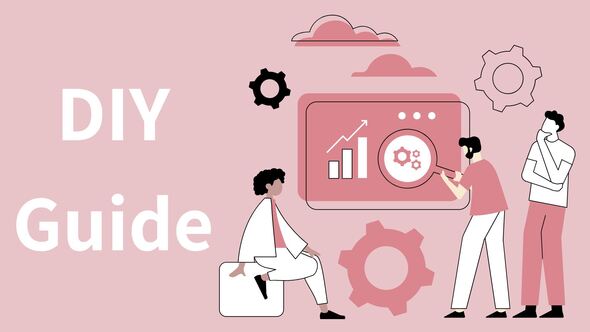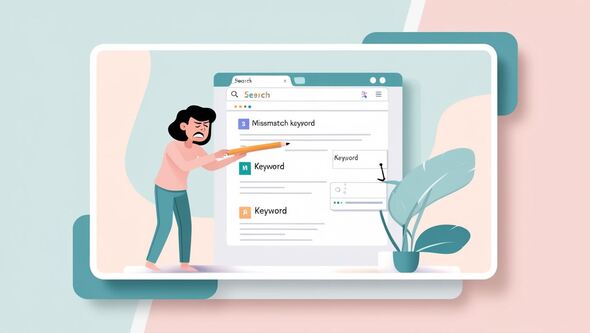Table of Contents
Introduction: The Challenge of Modern Marketing
Emma, a small business owner, sat at her desk surrounded by papers, trying to decode a maze of marketing jargon. She knew she needed a cost-effective way to market her business without stretching her limited budget. She’d spent hours pouring over blog posts and tutorials, but her efforts felt scattered. Her budget was limited, her time even more so, and the idea of hiring a professional marketer was simply out of reach. Emma wondered, Can I really grow my business on my own?
If this sounds familiar, you’re not alone. Small business owners like Emma face a daunting reality: marketing is essential, but it often feels overwhelming and inaccessible. Yet, with the right mindset and strategies, DIY marketing can be both empowering and highly effective.
Let’s follow Emma’s journey as she transformed her approach to marketing and discover how you can do the same.
The Problem: Feeling Overwhelmed and Stuck
When Emma first started her DIY marketing journey, she faced several challenges:
- Scattered Efforts: Her social media posts, email campaigns, and website updates lacked consistency and focus.
- Time Constraints: Between managing her store and dealing with customers, she barely had time to plan, let alone execute, a cohesive marketing strategy. To tackle this, she started dedicating one afternoon each week to planning and batching her content. By organizing tasks into focused time blocks and using tools like Hootsuite for scheduling, Emma found ways to maximize her efficiency. This shift allowed her to balance her marketing efforts with daily operations without feeling overwhelmed.
- Skill Gaps: SEO, email segmentation, and analytics were terms she had heard but didn’t fully understand.
The true obstacle, though, was wasted time and money. Emma’s scattered efforts meant she wasn’t seeing results, and her frustration grew. Like many small business owners, she felt overwhelmed by the complexity of marketing tools and strategies.
The Solution: A Clear and Simple Plan
Emma realized she needed a new approach. Through trial and error, she discovered a few key principles that not only simplified her efforts but also empowered her to take control of her marketing—all without relying on expensive agencies. These principles provided a clear path forward, making marketing accessible and manageable for her small business.
- Start Small and Stay Consistent: Emma focused on one platform—Instagram—to engage with her local audience. Drawing inspiration from beginner-friendly platforms like Buffer and recommendations from Adobe’s guides, she ensured her Instagram strategy included visually engaging posts and consistent storytelling to connect with her community. She posted three times a week, showcasing her products and sharing behind-the-scenes stories. This approach saved her time while still building an engaged community.
- Leverage Free and Affordable Tools: She discovered tools like Canva for creating professional-looking graphics, Google Analytics for tracking website traffic, and Mailchimp for sending email newsletters. To broaden her efforts, Emma also utilized Hootsuite to schedule social media posts, ensuring consistent engagement without adding to her daily workload. These tools were easy to use and didn’t strain her budget. Emma even used the UTM Builder to track campaign performance effortlessly.
- Learn the Basics of SEO: Emma optimized her website by learning basic SEO techniques, such as adding keywords like "handmade jewelry in Austin" to her product descriptions and blog posts. This process involved gaining an understanding of how search engines work, making her efforts more effective and accessible for someone new to digital marketing. She also ensured her website had clear navigation, fast load times, and alt text for images, all of which improved her local SEO rankings.
- Measure What Matters: Instead of trying to track every metric, Emma focused on key indicators like engagement on Instagram, email open rates, and website sales. By prioritizing actionable insights, she avoided analytics paralysis and made informed decisions.
The Plan: How You Can Succeed with DIY Marketing
Emma’s journey offers a roadmap for any small business owner looking to master DIY marketing:
Step 1: Define Your Goals
What do you want to achieve? Whether it’s driving more website traffic, increasing sales, or building a loyal community, having clear goals will guide your efforts.
Step 2: Focus on One or Two Channels
Trying to master every platform at once is a recipe for burnout. Start where your audience spends their time. For Emma, it was Instagram; for you, it might be Facebook, email marketing, or local SEO.
Step 3: Use the Right Tools
Here are some tools Emma found invaluable:
- Canva: For creating eye-catching visuals.
- Mailchimp: For email marketing.
- Google Analytics: To track and understand your website’s performance.
- UTM Builder: To measure the effectiveness of specific campaigns.
- Hootsuite: For scheduling and managing social media posts efficiently.
Step 4: Optimize for SEO
SEO doesn’t have to be complicated. Start with these hacks:
- Use descriptive titles and meta descriptions.
- Add alt text to images.
- Focus on local SEO if you run a physical business.
- Regularly update content to stay relevant.
Step 5: Track Your Results
Set aside time each week to review your progress. What’s working? What’s not? Adjust your strategy based on data, not guesswork. Tools like Google Analytics and your social media platform’s insights can provide clarity.
Time Management Tips for DIY Marketers
One of the biggest challenges Emma faced was managing her time. Here are the strategies she used to stay on top of her marketing without feeling overwhelmed:
- Batch Tasks: Emma dedicated one afternoon a week to creating all her social media content for the upcoming week.
- Automate Where Possible: Using tools like Mailchimp and Hootsuite, she scheduled emails and posts in advance, freeing up her daily schedule.
- Prioritize High-Impact Activities: She focused on tasks that delivered the most significant results, like engaging with her audience and optimizing her website.
The Transformation: From Frustrated to Confident
Six months into her DIY marketing journey, Emma’s business looked completely different. Her Instagram following grew by 50%, website traffic doubled, and her email campaigns started driving consistent sales. Most importantly, she felt confident and in control of her marketing.
Emma’s success wasn’t about overnight results or flashy campaigns. It was about consistency, focus, and using the resources at her disposal effectively. You can achieve the same transformation by following her example.
Read to next step?
Achieve Digital Marketing Success
Effortless Digital Marketing Analytics with goalskeeper.io
Start Free TrialFound in:
Digital Marketing








